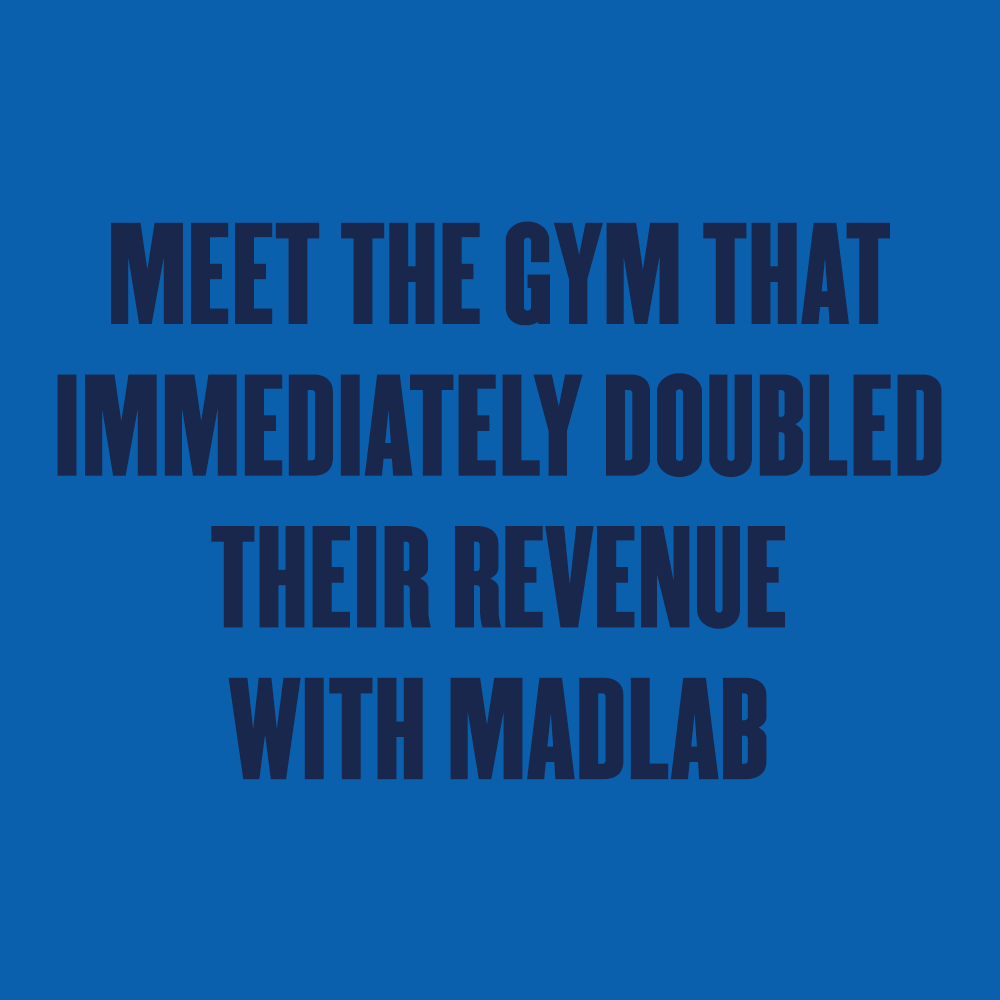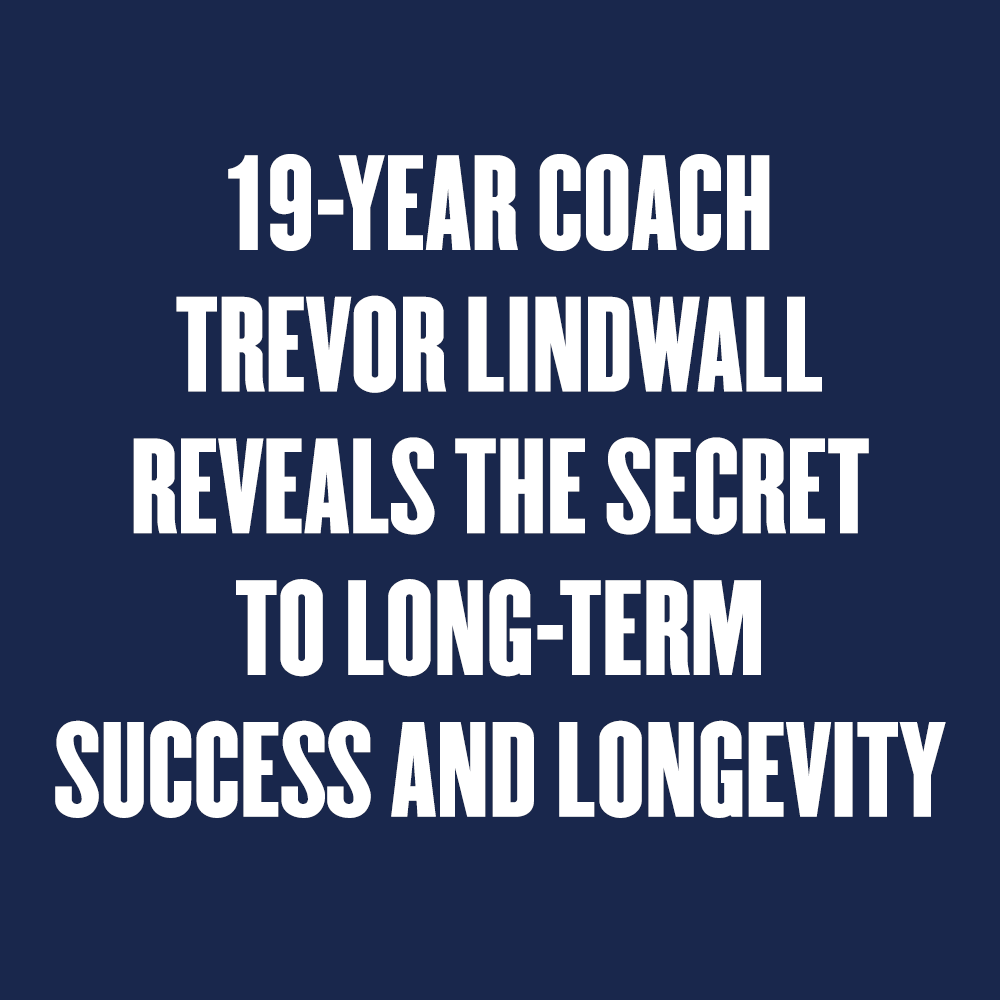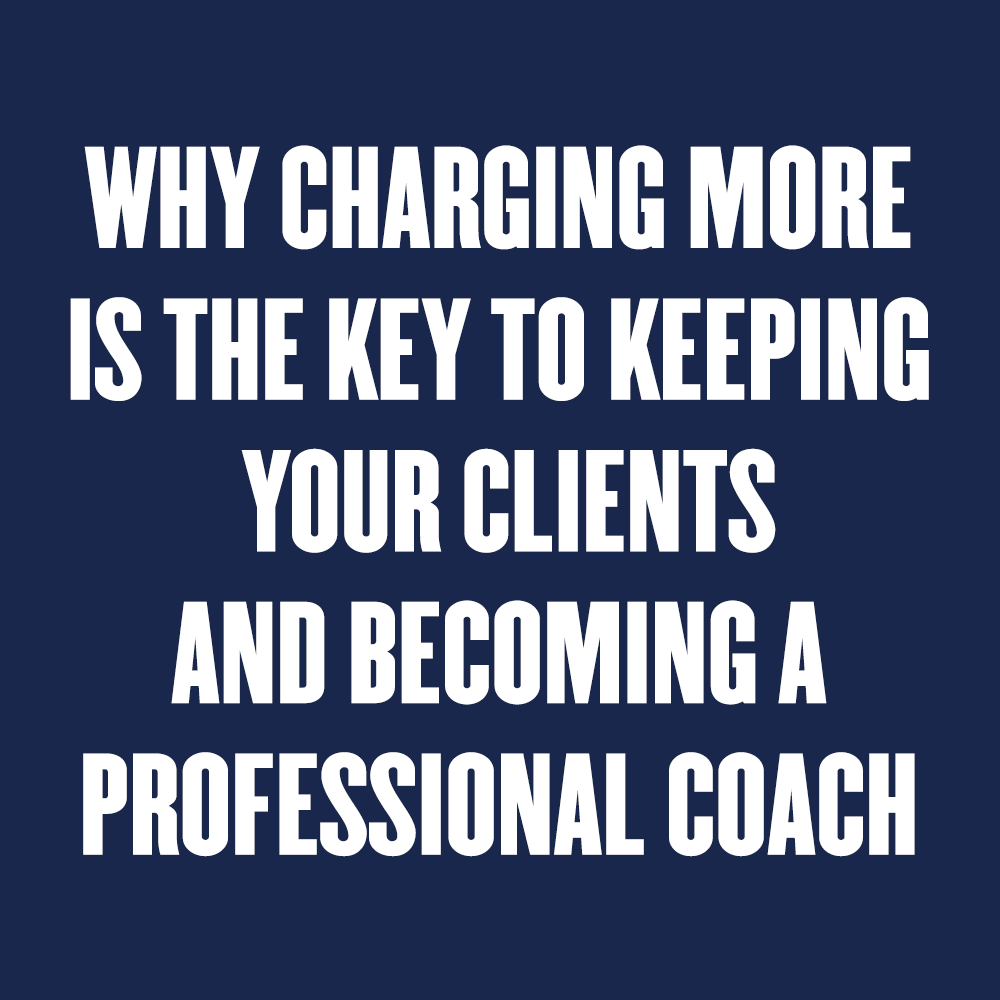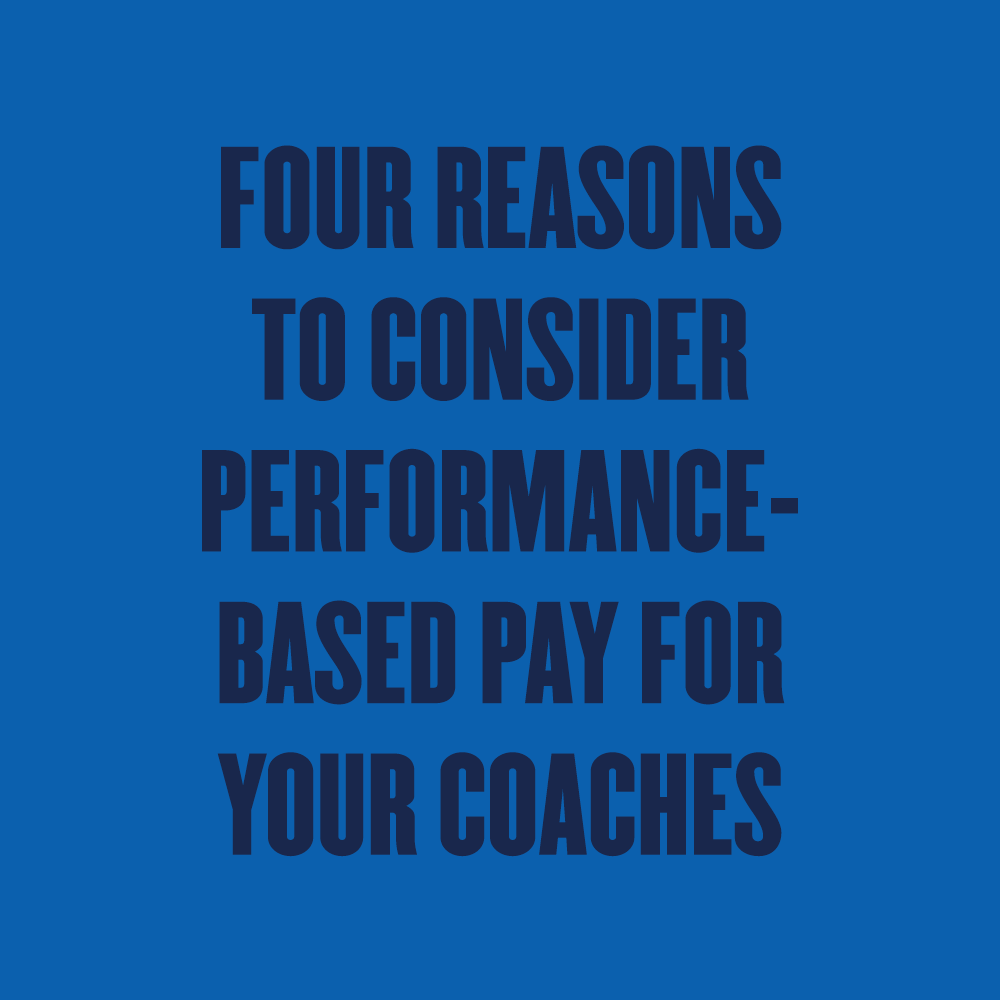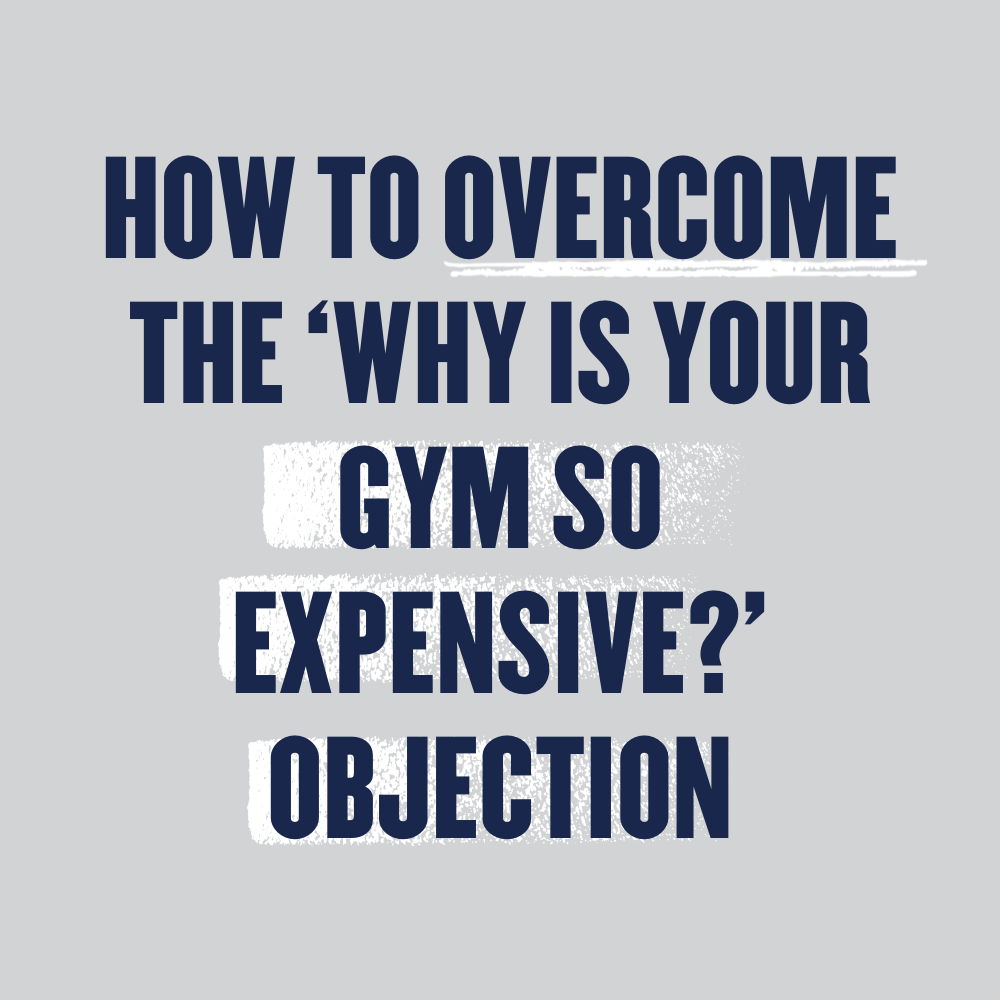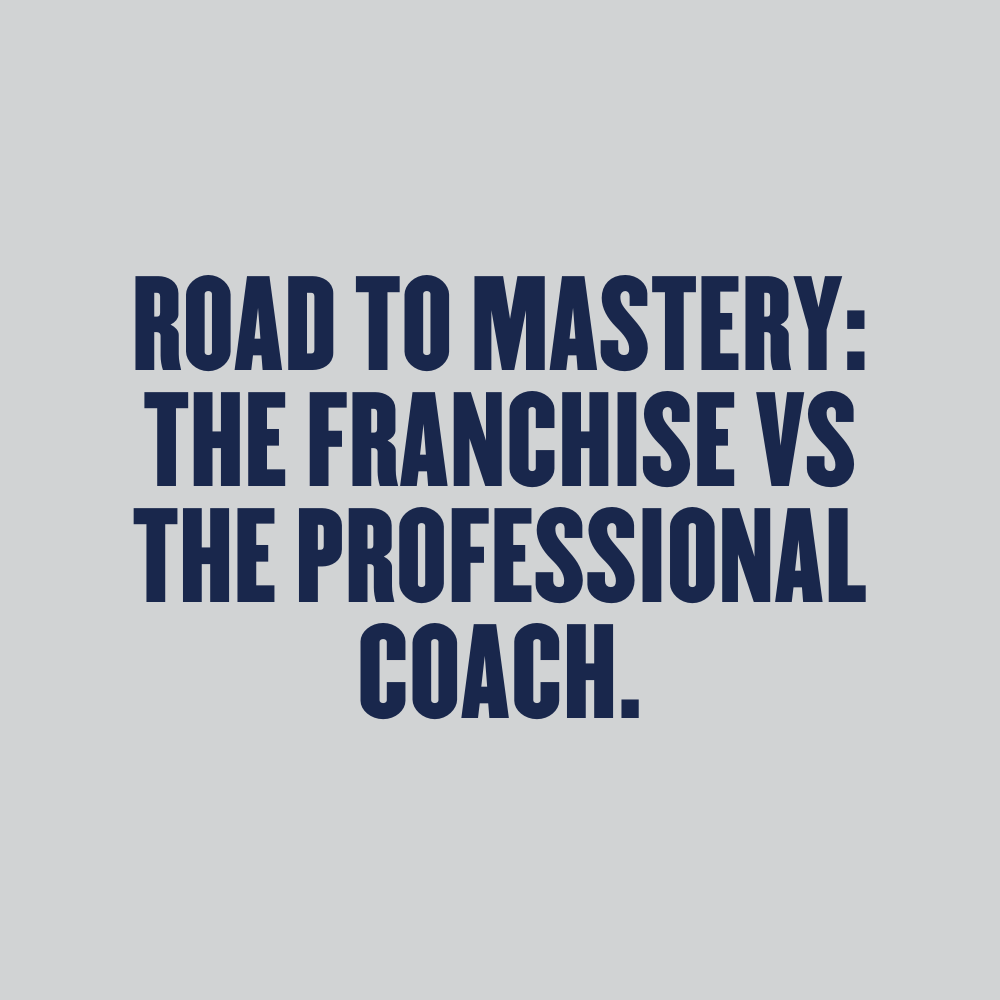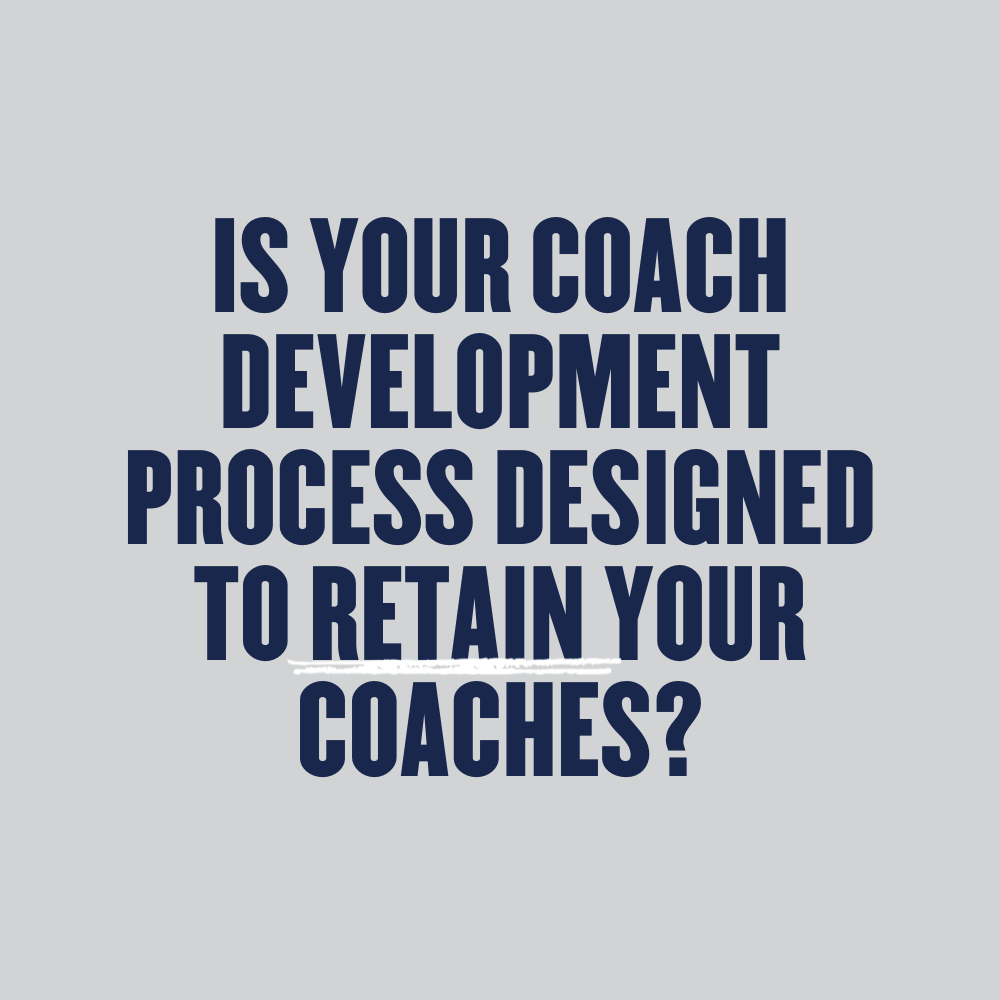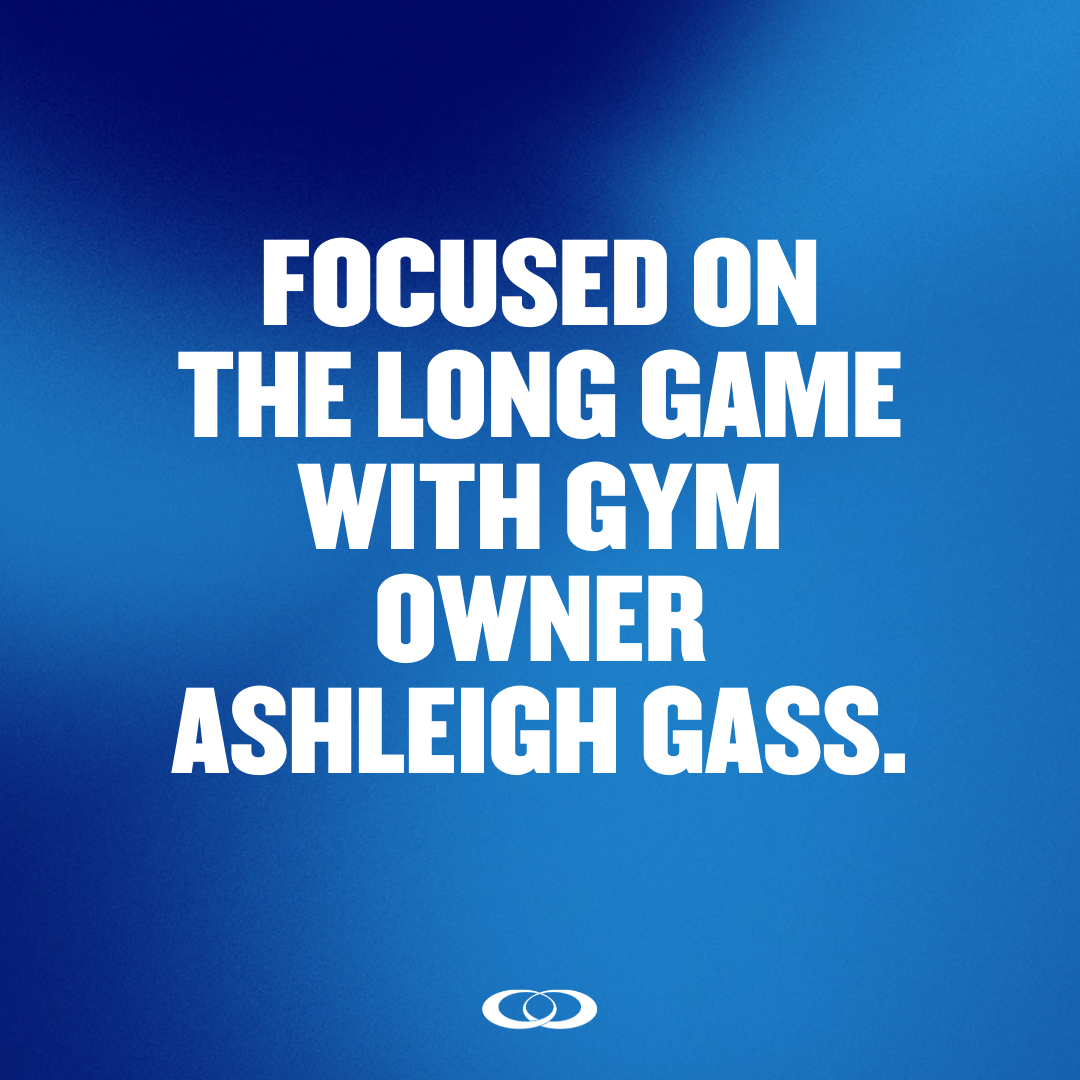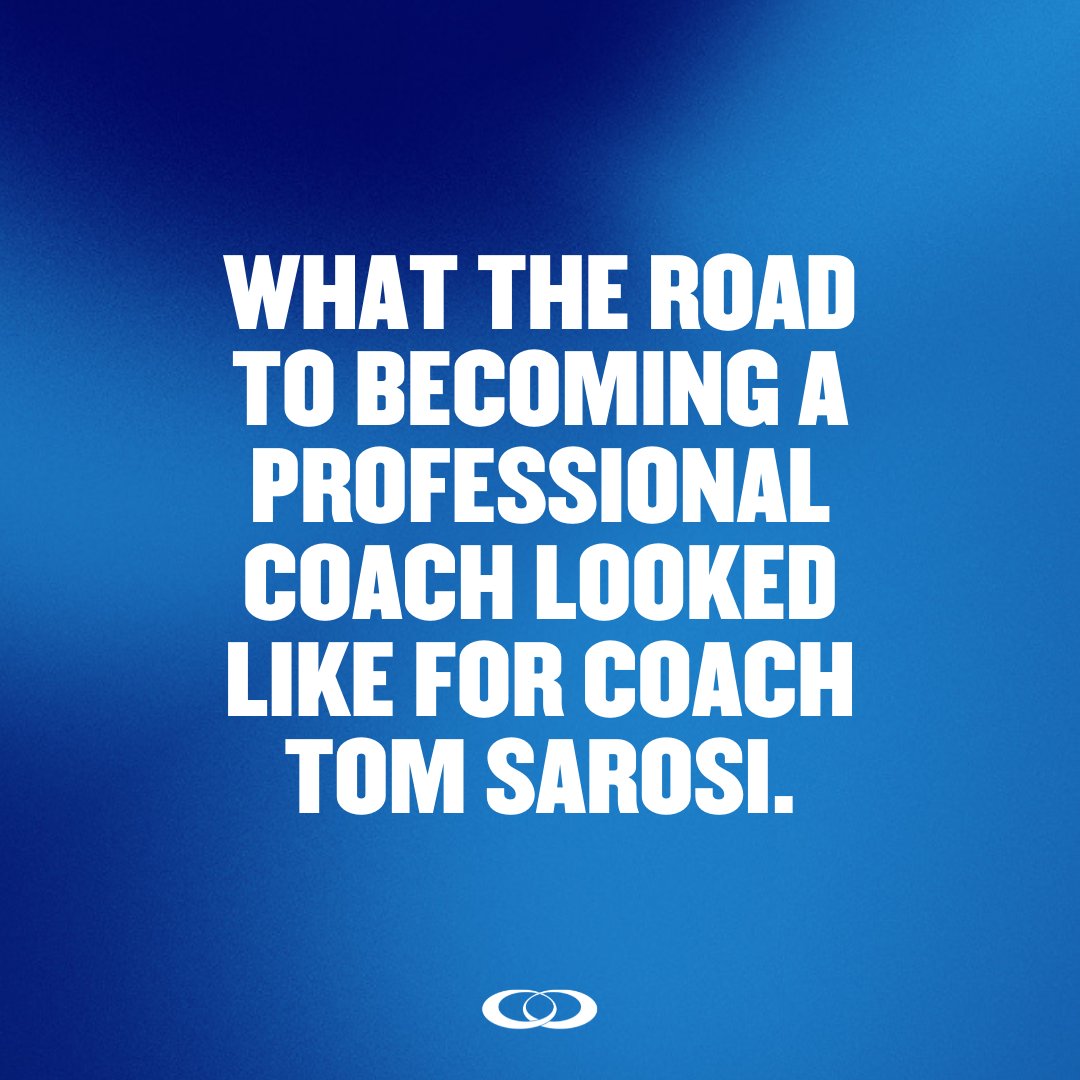BEING THE BEST TECHNICIAN IN THE ROOM DOESN'T MAKE YOU A GREAT COACH.
Most of us get into coaching because we’re passionate about helping people become fitter and healthier.
So the first step we take is usually to complete a coaching course or certificate or two or get a college or university degree in exercise physiology or kinesiology. We begin learning the science, and we essentially put ourselves on the path to becoming a technician.
Here’s the thing: While education is certainly valuable, it’s but a starting point to becoming a great coach.
In other words: Being a great technical coach means nothing if you have zero clients to coach.
Enter the psychological and sales sides of coaching—the two critical pieces to becoming a great coach that many coaches overlook or even resist.
Sales
“But I don’t want to be in sales. I just want to coach,” is a typical attitude toward the idea of sales.
Consider this: Everything you do, even as a technician, is sales, be it selling people on why they should do any given movement or training program, or selling them on a particular cue. So, you’re already in sales.
Food for thought: Sales is a conversation between two people to get to the bottom of something. In the case of a coach, it’s to see if you have a solution to their problem.
The Madlab Sales Process
In a nutshell, the Madlab sales process starts with a sit-down consultation (aka authentic conversation) between the coach and the prospective client, where they dig into why the person is there. The purpose of the conversation is to get a yes or no answer from the prospect at the end of the session.
Three Tips to Get the Yes Answer
1. Ask, ask, ask: Let the client do the talking. It’s tempting to want to do the talking because you have so much information you want them to know about training with you and your facility, but this is about learning about them, about their goals, their wants, their lifestyle, injury history, training history, and ultimately their pain (meaning what problem they want to solve and why).
2. Address the elephant in the room: While you don’t necessarily want to ask the uncomfortable questions off the top, once you start to develop rapport, it’s important to ask the questions you might be hesitant to ask because you’re scared to offend them, but that you know they are necessary to move forward. The more vulnerable they become through the conversation, the better, as that’s the first step to eventually showing them you have the solution to their problem. As we sometimes say, If they cry, they will buy.
3. Be relatable: The more empathetic and relatable you are, the better. If you have a relatable personal experience, share it (but keep it brief so as to turn the conversation back to them).
Psychological
While we’re not pretending to be psychologists, understanding our clients’ unique personalities and psychology is at the heart of getting them the results they want (which is at the heart of picking up new clients and retaining existing ones).
But isn’t the training program at the heart of delivering results?
It’s part of it, but consider this: You design an effective training program that, if your client follows, will see results. But they’re going through a divorce and can barely find time to get to the gym, let alone show up four days a week like their training program is asking them to do. So they just stop coming at all.
The solution: There are tons of solutions to this, but it could be as simple as designing some home workouts for them for the next four weeks that take just 20 minutes, three days a week. At the very least, they can maintain what they have gained.
Food for thought: The best doable option that considers what’s going on in someone’s life will always trump the perfect training program that they don’t adhere to.
One final tip: One of the best ways to get your clients to comply with the training plan, and see results is if you not only have a deep understanding of their intention—also known and their why—for training.
This is not what you think their goal should be; it’s what their reason for training is. This can be difficult for a coach to accept, as the coach often wants to steer the ship and guide the client. But what works more effectively is if you become a supportive navigator rather than an annoying backseat driver.
And once you have a deep understanding of what’s driving them, you can connect the training program, nutrition guidance, sleep recommendations etc... you’re giving them to their goal. When you do this—when they can see each day how what they’re doing will get them one step closer to their goal—they’re way more likely to be compliant as their motivation to comply will increase. And, as the saying goes, it’s much easier to do the things we actually want to do than the things we’re told we should do.
The bottom line: Continue building your technical knowledge as a coach, but don’t stop there. Embrace the sales and psychological sides of the role, and both you and your clients will be rewarded for it.
Keep Reading

All You Need to Know to Rebrand Your GymProject type

I Have 150 Members, but Where’s the Profit?Project type
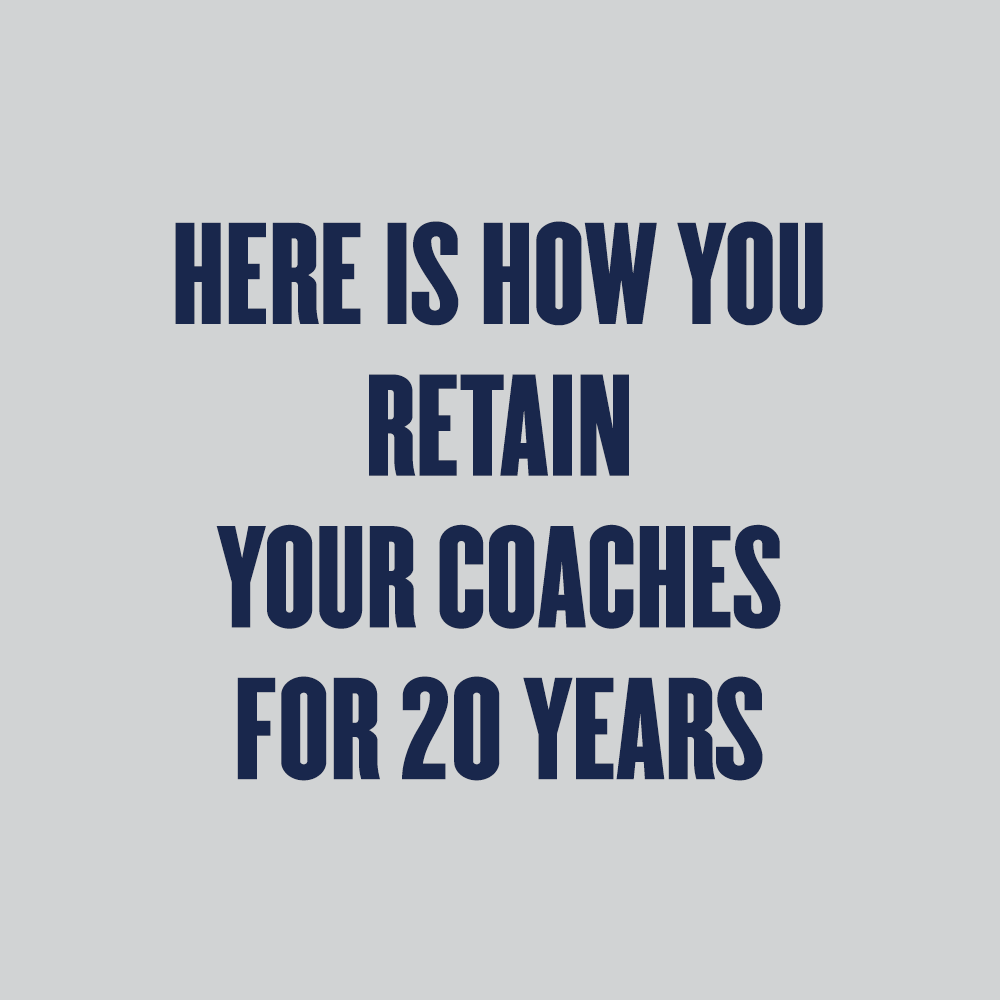
Here is how you Retain Your Coaches for 20 yearsProject type
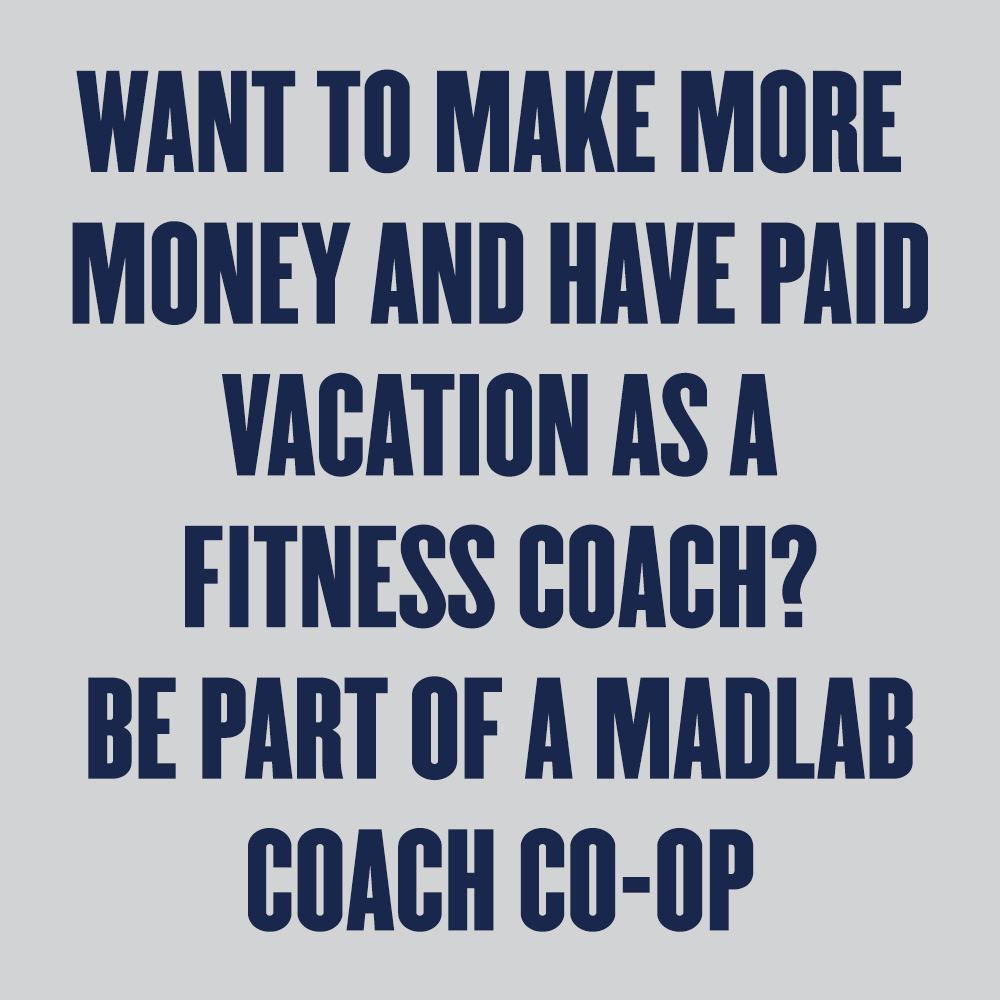
Want to Make More Money and have Paid Vacation as a Fitness Coach? Be part of a Madlab Coach Co-OpProject type

Madlab Radio - Episode #9 - CrossFit LortonProject type

Nine laws series: Law #2Project type

Why the Commercial Gym Model is so F@cked up:Project type

Madlab Radio - Episode #8 - Southwest StrengthProject type

Nine laws series: Law #1Project type

WHY A RIGOROUS CLIENT INTAKE PROCESS MATTER FOR CLIENT SUCCESS CLIENT RETENTION AND AVERAGE CLIENT VALUE.Project type

Madlab Radio - Episode #7 - Etienne BoothProject type

Madlab Radio - Episode #5 - Proverb FitnessProject type
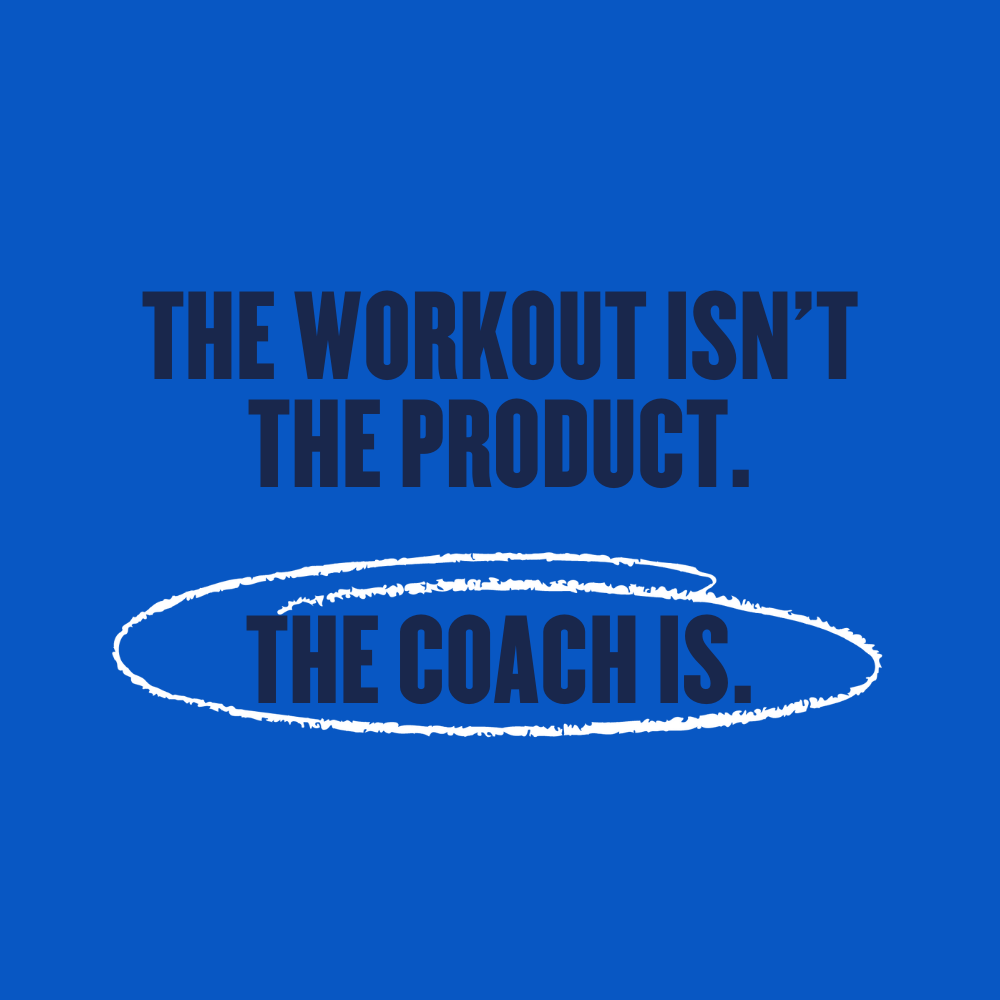
The Workout isn’t the Product: The Coach IsProject type

THE FOUR STAGES OF A GOOD CLIENT INTAKE PROCESS.Project type

DYLAN WALL: A FUTURE AS A PROFESSIONAL COACHProject type

Madlab Radio - Episode #3 - CrossFit AustinProject type

Five Reasons for Hybrid MembershipsProject type

Madlab Radio - Episode #2 - CrossFit 561Project type

Madlab Radio - Episode #1 - Findlay MovementProject type
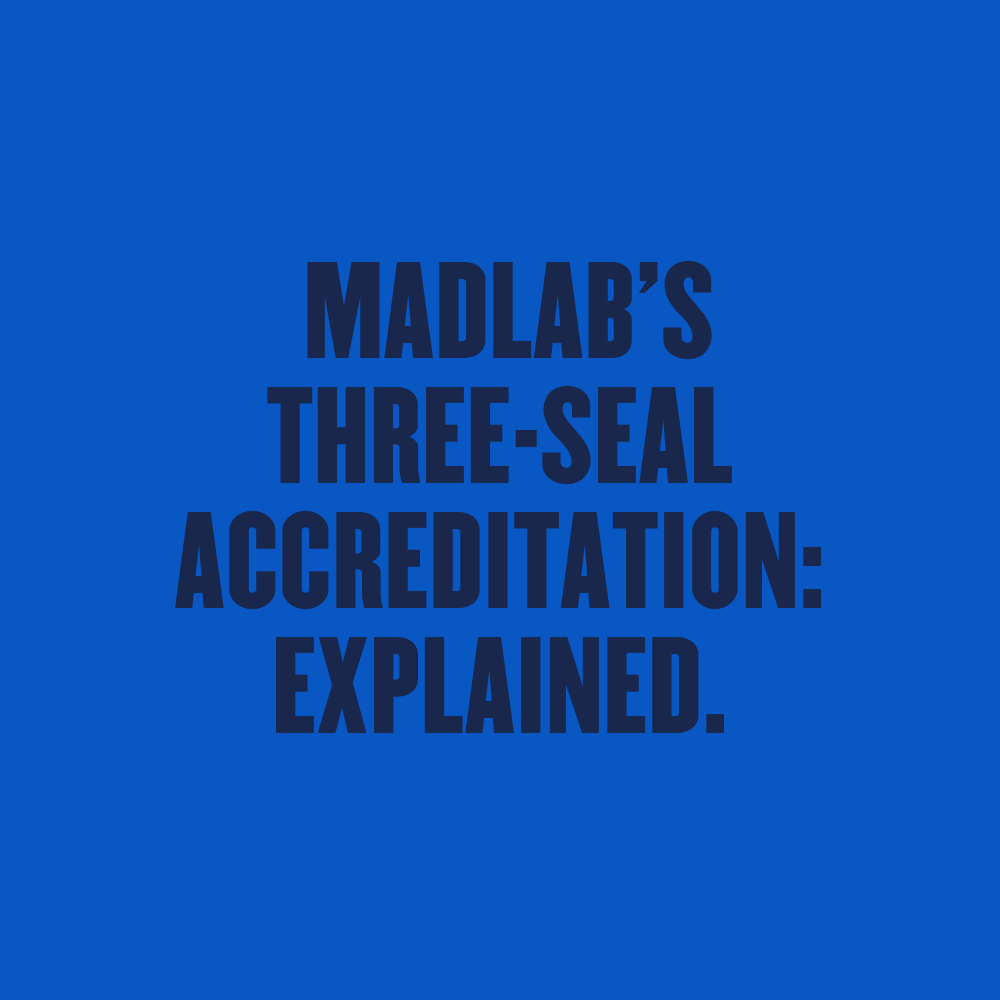
MADLAB’S THREE-SEAL ACCREDITATION: EXPLAINED.Project type
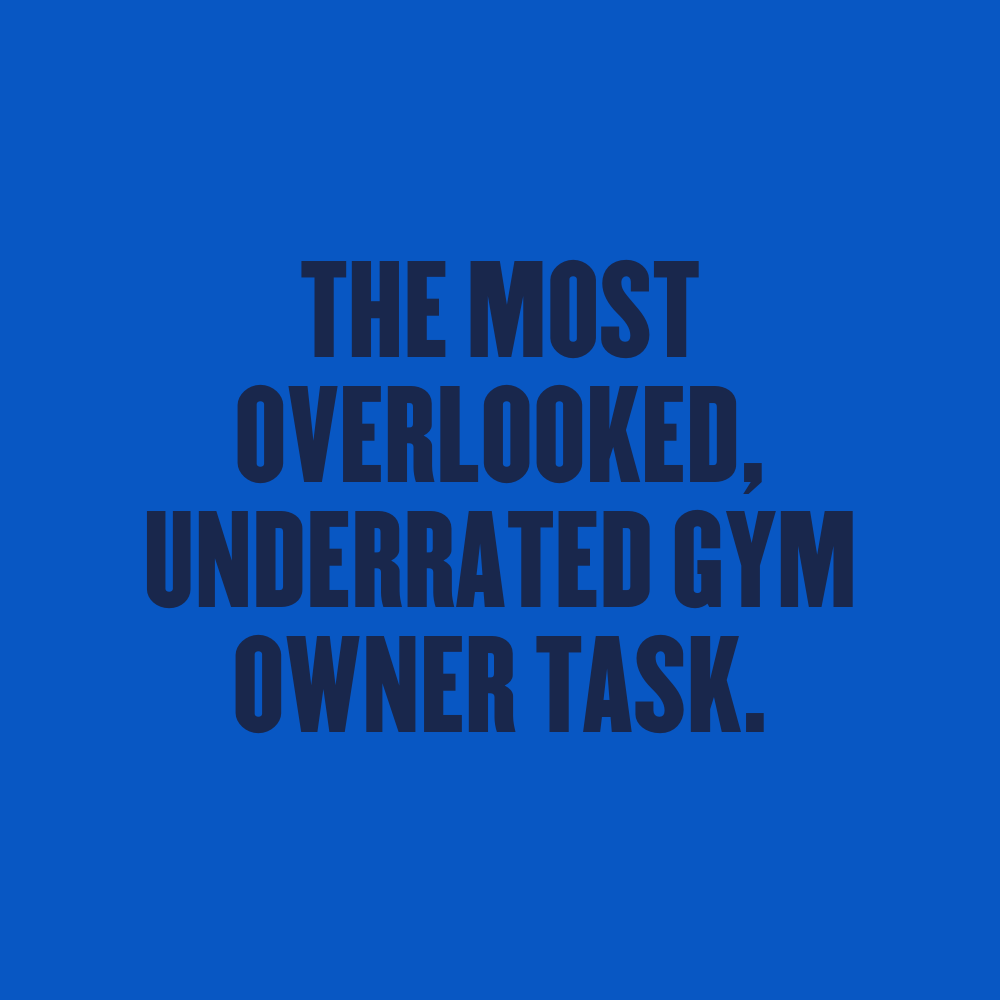
THE MOST OVERLOOKED, UNDERRATED GYM OWNER TASKProject type
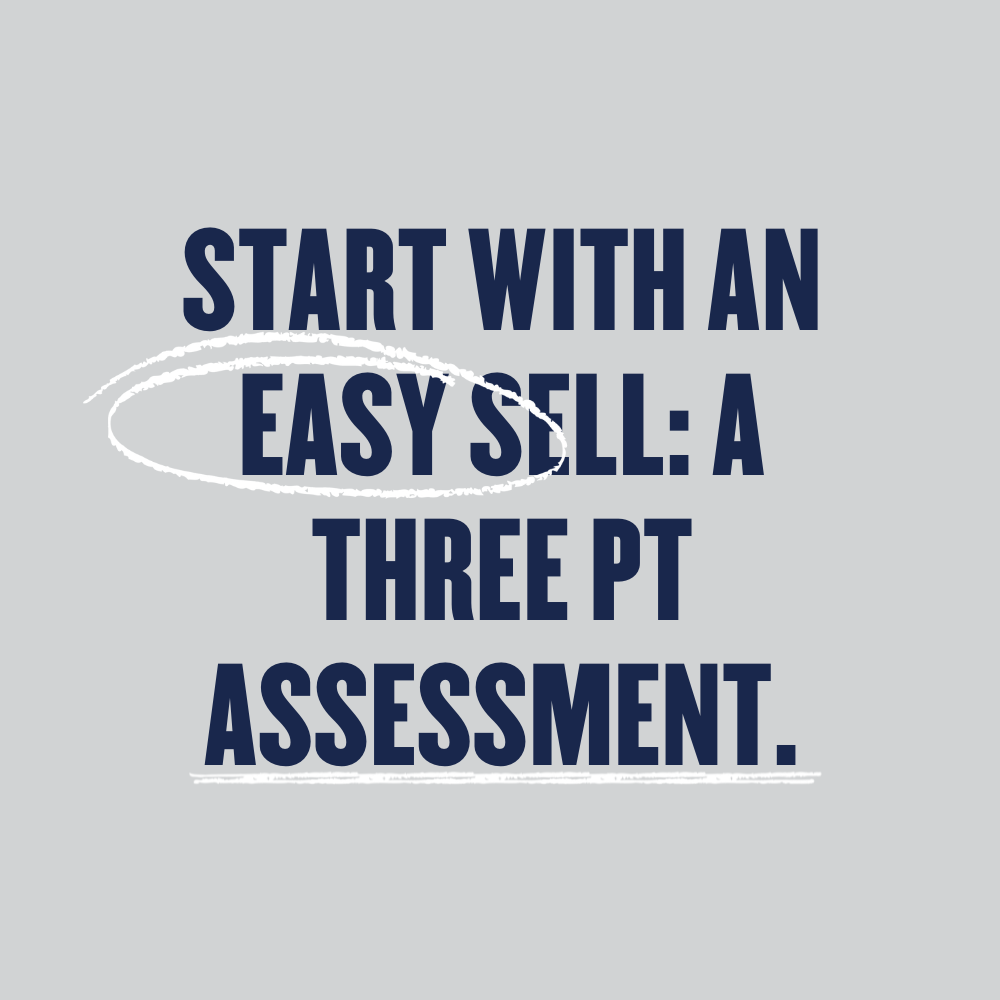
START WITH AN EASY SELL: A THREE PT ASSESSMENT.Project type

The Biggest Problem Independent Gyms Face Today?Project type

the secret to the retention and referral gameProject type
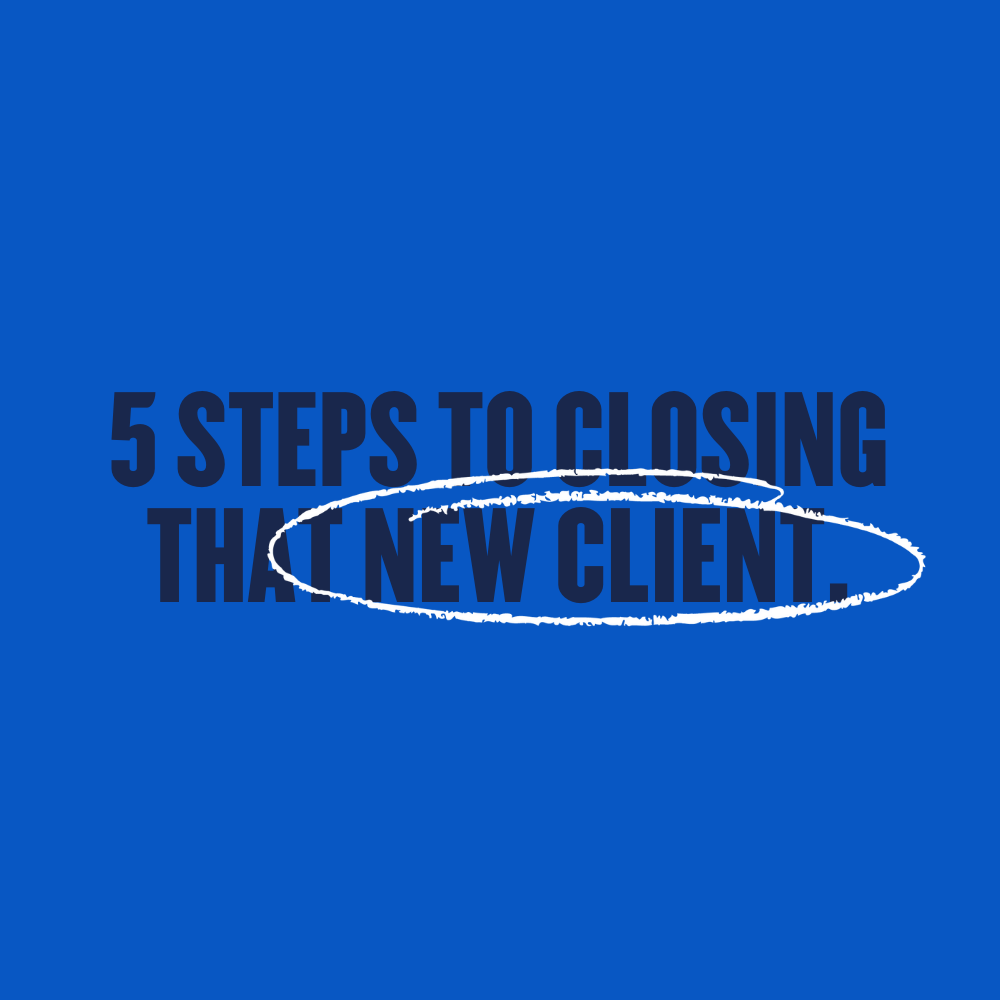
Five Step To Closing That New ClientProject type
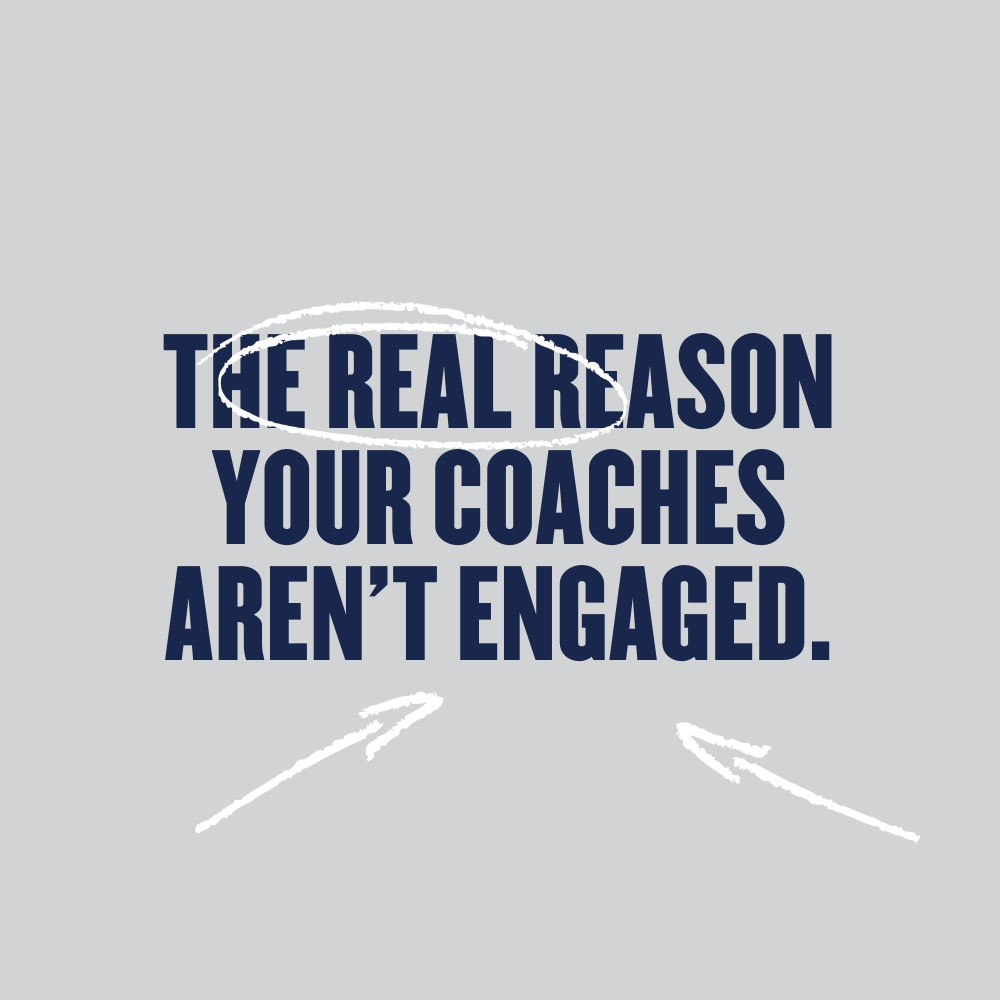
The Real Reason Your Coaches Aren't EngagedProject type

How To Raise Your Rates Without Losing ClientsProject type

7 Sales Tips For The Gym OwnerProject type

Five Sales Tips for the Gym Owner or CoachProject type

Optimizing Your Client Development ProcessProject type

Change The Way You Think About SalesProject type
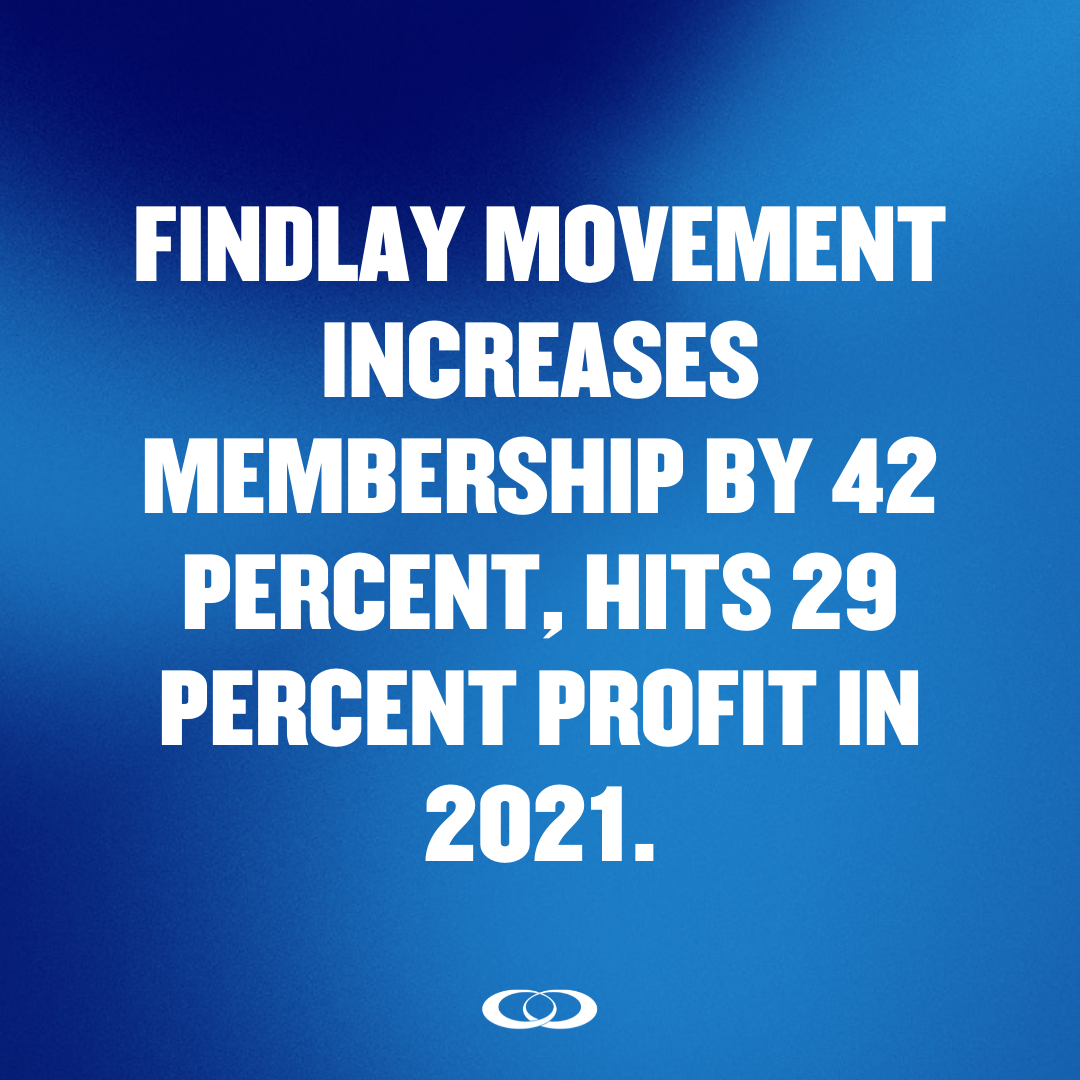
Case Study: Findlay MovementProject type

Case Study: CrossFit Bridge CityProject type
Contact Us
1980 Clark Drive
Vancouver, BC Canada
V5N 0A9
Copyright © 2023 Madlab Business. All Rights Reserved.

